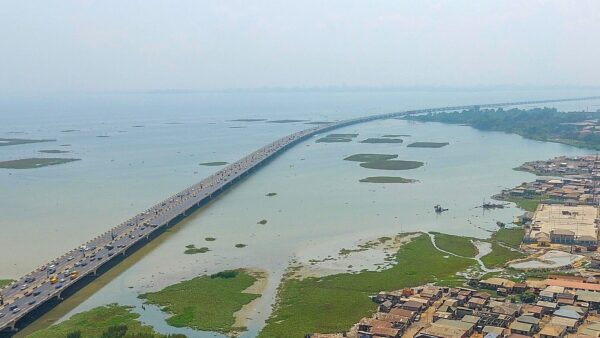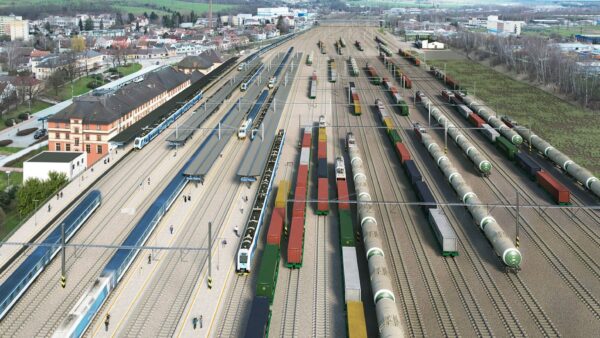
China is planning the most futuristic construction project yet conceived by using an all-robot workforce to build a full-scale hydroelectric dam in the Tibet Autonomous Region by 2024.
According to the South China Morning Post, the Yangqu dam’s project team will use AI to control the robots, which will print the dam layer by layer. The Post based its report on a research paper published in April in the peer-reviewed Journal of Tsinghua University.
The idea is to deliver materials to the site using driverless trucks and to unload them using unmanned bulldozers, after which pavers and rollers will compact it in preparation for another layer. The machines will be equipped with sensors to verify that the structure is acquiring the necessary solidity.
If the plans come to fruition, the 180m-high Yangqu will be the tallest structure ever built by additive printing techniques.
The AI will itself be overseen by human project managers, and the mining of the material for the barrier will be done conventionally.
The Post quotes Liu Tianyun of Tsinghua University, the lead author of the paper, who said the aim was to eliminate human error, such as when roller-compactor drivers do not hold a straight line or when a truck delivers materials to the wrong spot, or at the wrong time.
The system would also allow work to progress 24 hours a day, since no breaks are required and no health and safety issues arise.
When complete, Yangqu will generate 5 billion kWh of electricity a year. And if the execution lives up to expectations, similar autonomous sites could be used for other infrastructure projects, such as road construction.
Some notable progress on this last goal has already been achieved. Last year, GCR reported on Xuzhou Construction Machinery Group’s use of a fleet of autonomous road construction vehicles to resurface a stretch of China’s busiest motorway, the Nanjing-Shanghai Expressway (pictured).
According to Xuzhou, the use of autonomous vehicles controlled by a Baidu satellite positioning station was a “landmark event” in the development of smart road maintenance (see further reading).
Further reading:






